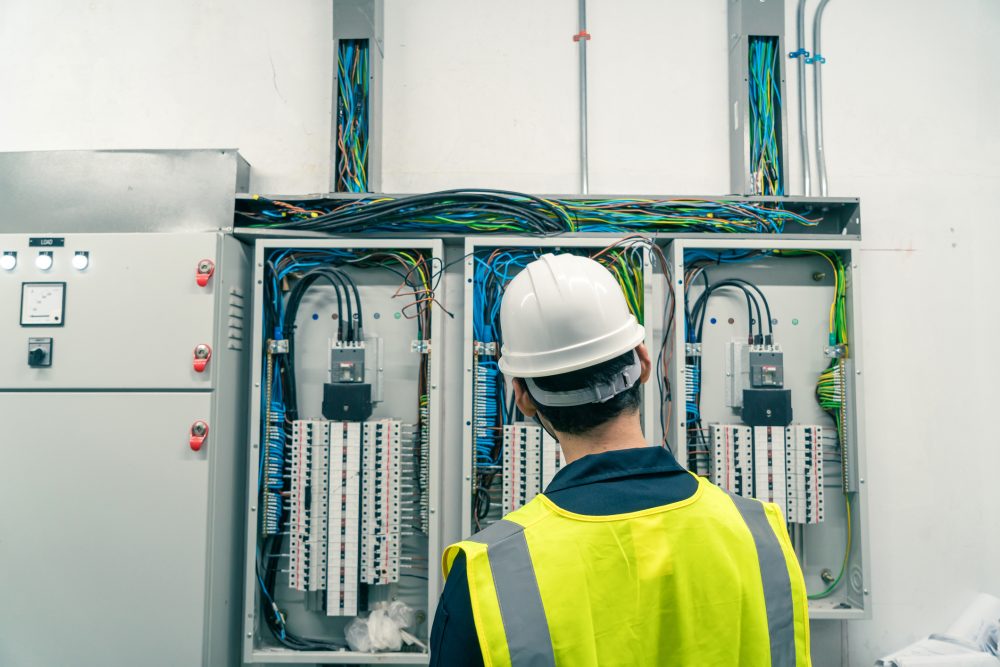
Safety Tips for Electrical Safety: AEGCP vs. GFCI
Do You Know The Differences in Electrical Safety?
Accidents involving electricity are common on construction jobsites. What can you do to prevent electrical injuries? There are two options: using ground-fault circuit interrupters (GFCIs) or an assured equipment-grounding conductor program (AEGCP).
So, what is the difference between the two?
A GFCI will detect an imbalance between the energized conductor and the return neutral conductor. An imbalance occurs, for instance, when the current leaks from a tool through the body of a person who is grounded. At this point, the GFCI would trip and immediately stop the flow. GFCIs are available as portable devices or can be installed in a circuit. This is essentially a hardware requirement.
When a GFCI cannot be used due to design or because it creates a greater hazard by interrupting power for temporary wiring methods or extension cord sets providing power to portable electric tools, then a documented Assured Equipment-Grounding Conductor Program (AEGCP) is required to be maintained and implemented.
An AEGCP is a written company procedure that requires periodic testing of all equipment-grounding conductors of cord sets and of those connected to receptacles to ensure no faults will occur. The company must keep records of the continuity and terminal connection tests. Moreover, a designated competent person must continuously enforce the AEGCP at the site.
Here are some links from OSHA’s website that might be useful in helping you meet all electrical safety requirements:
- Construction e-Tool: Electrical Incidents
- Construction e-Tool: Assured Equipment Grounding Conductor Program
- Construction e-Tool: Ground-Fault Circuit Interrupters (GFC)
Don’t Delay- Get Started Today!
Compliance Consultants, Inc. encourages you not to overlook electrical safety on your job site.
Contact us now to get a safety assessment.



